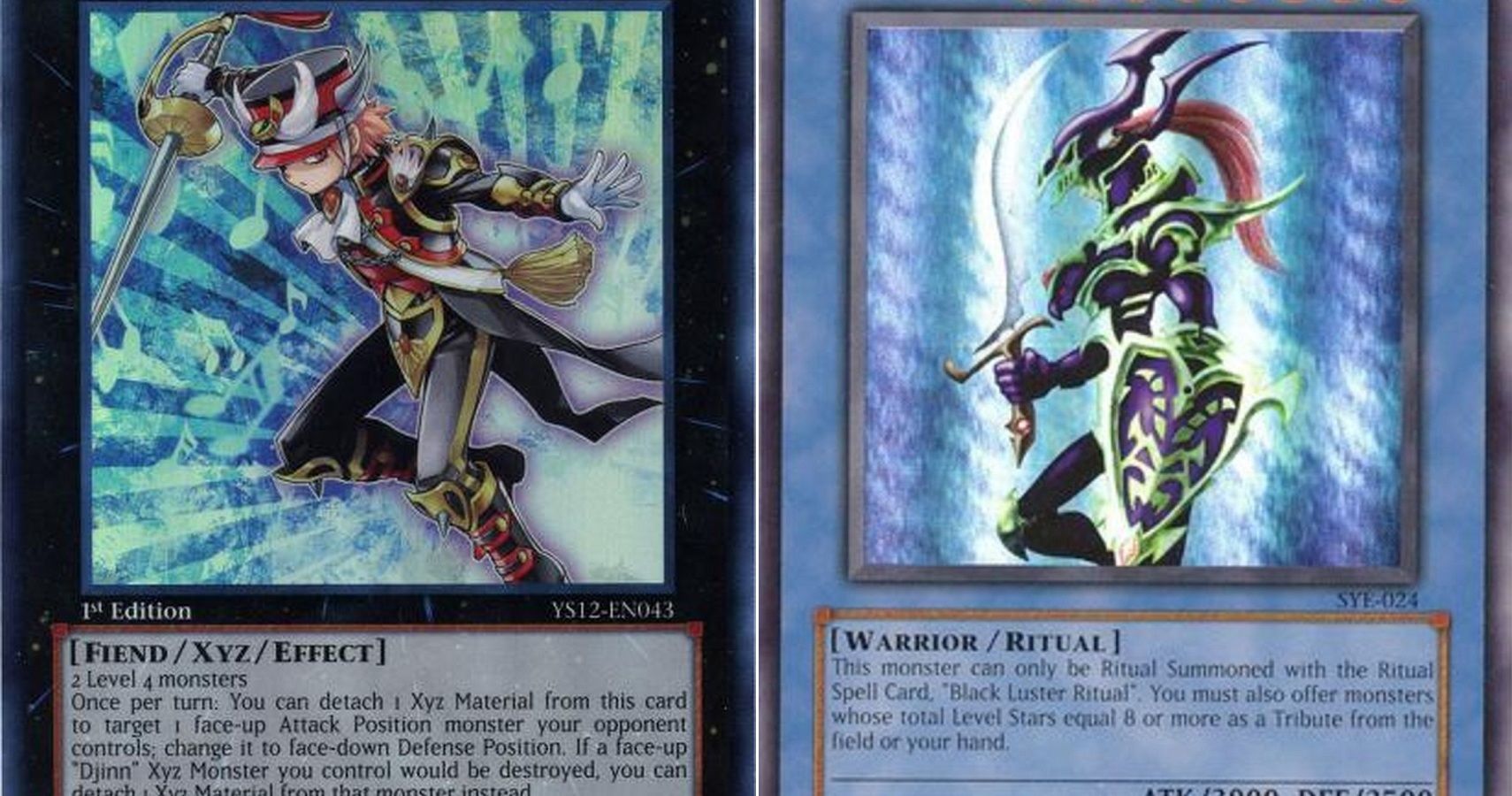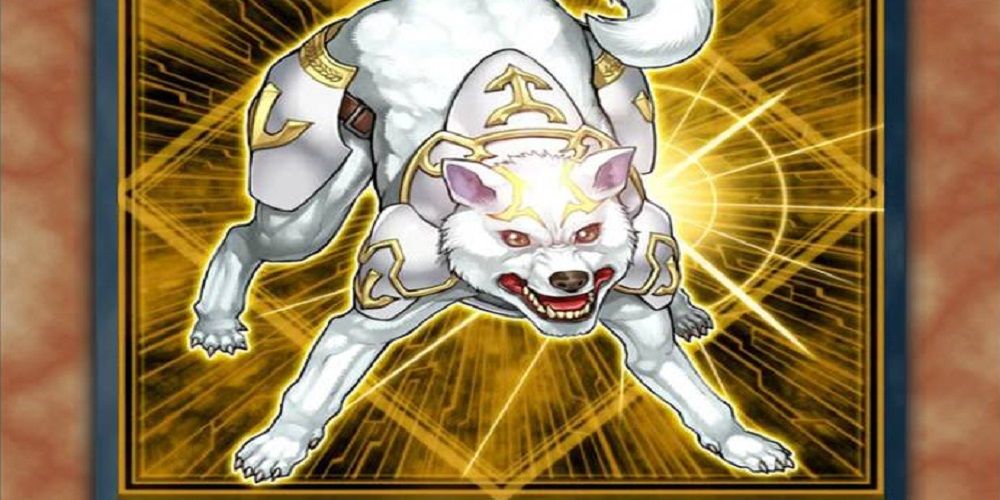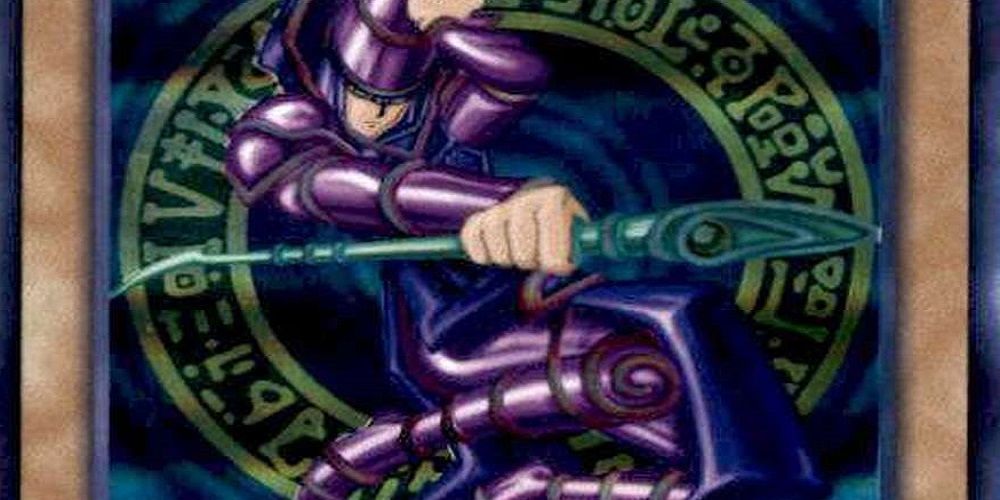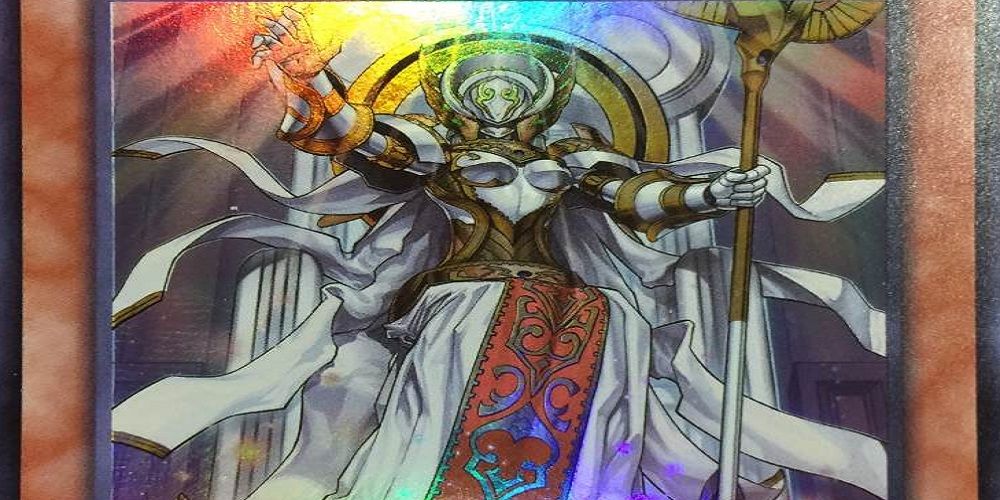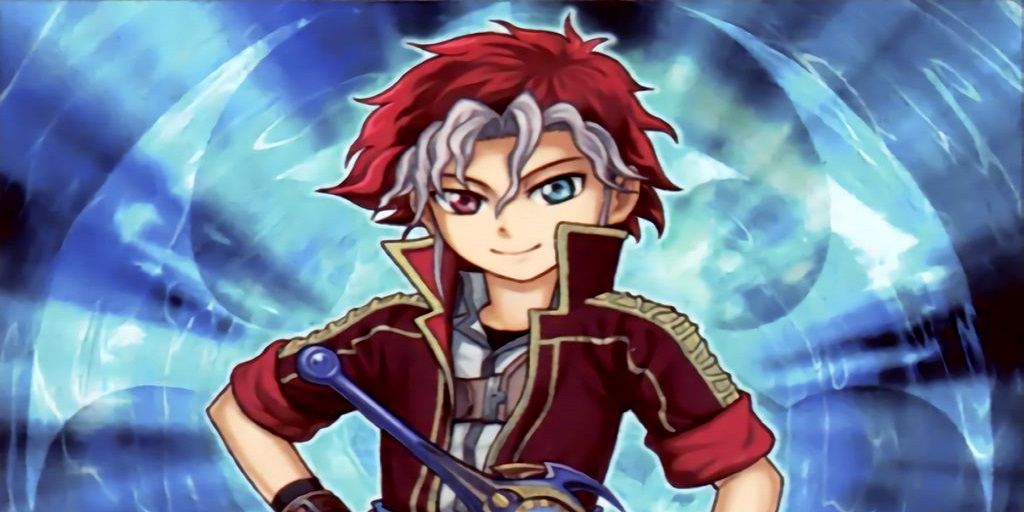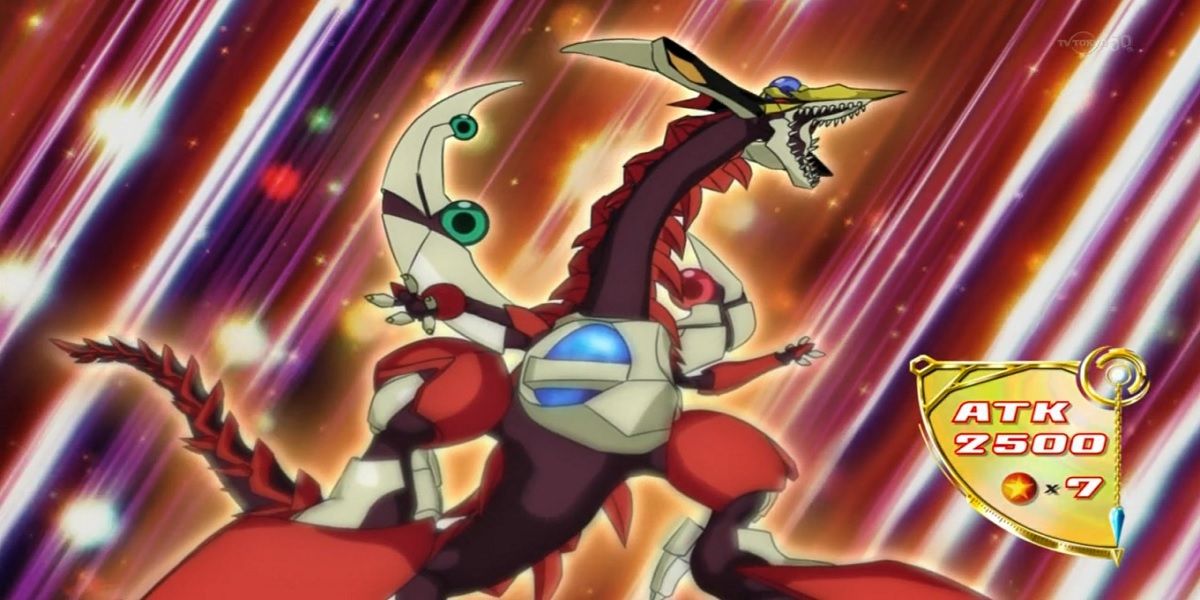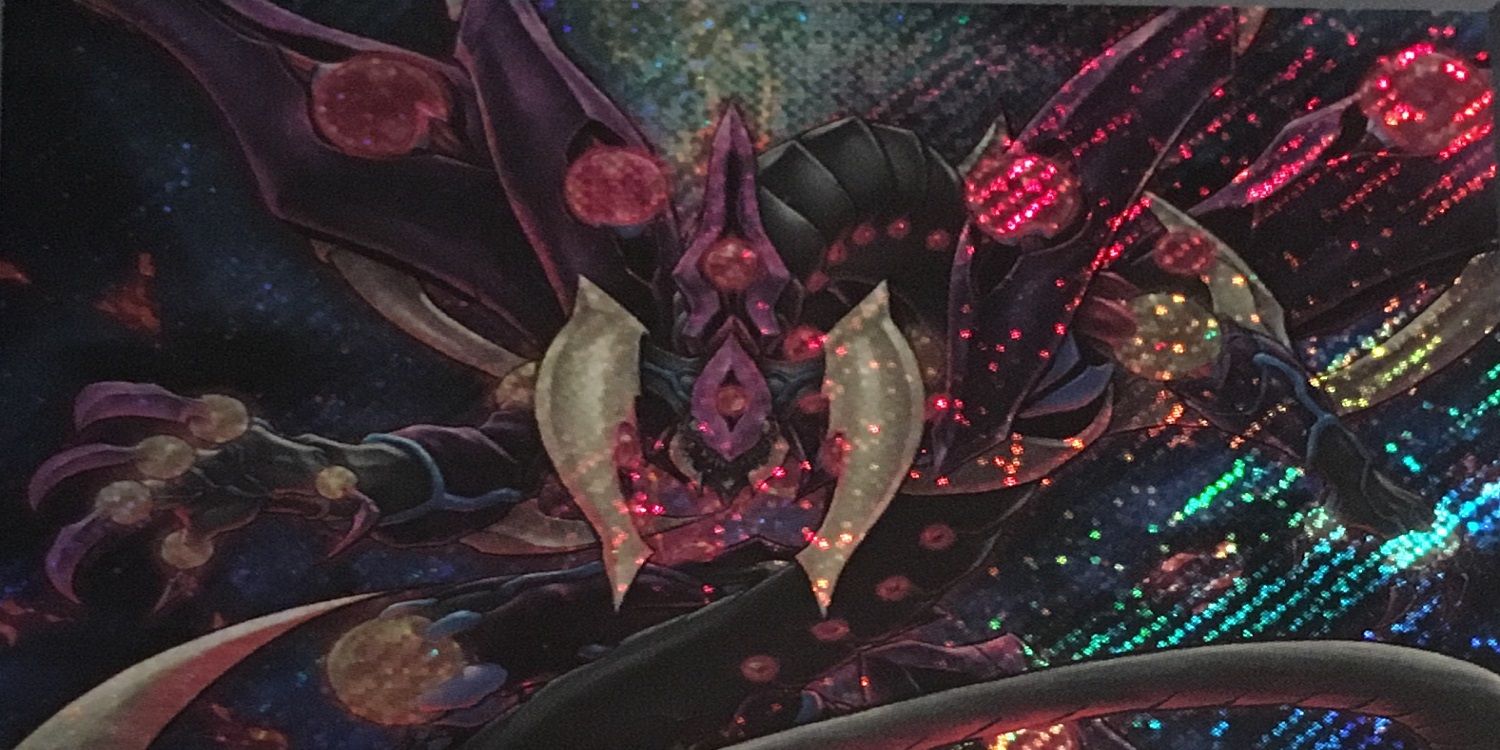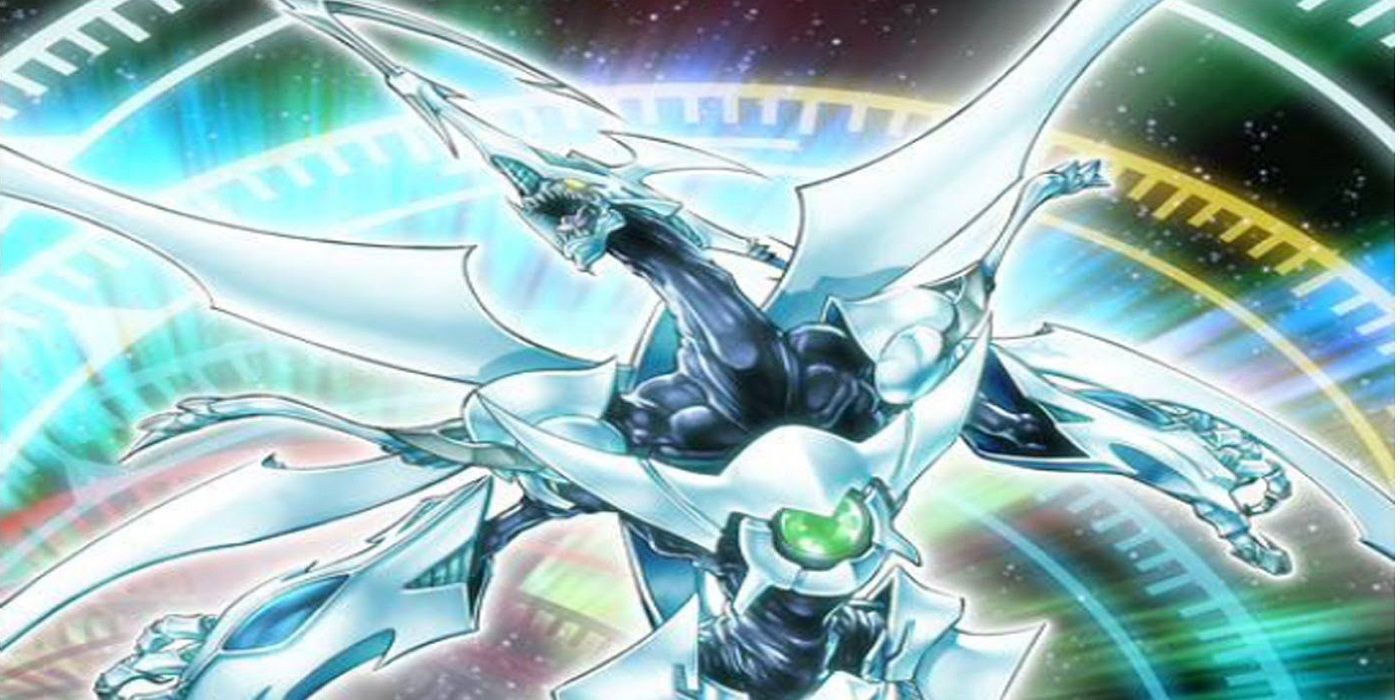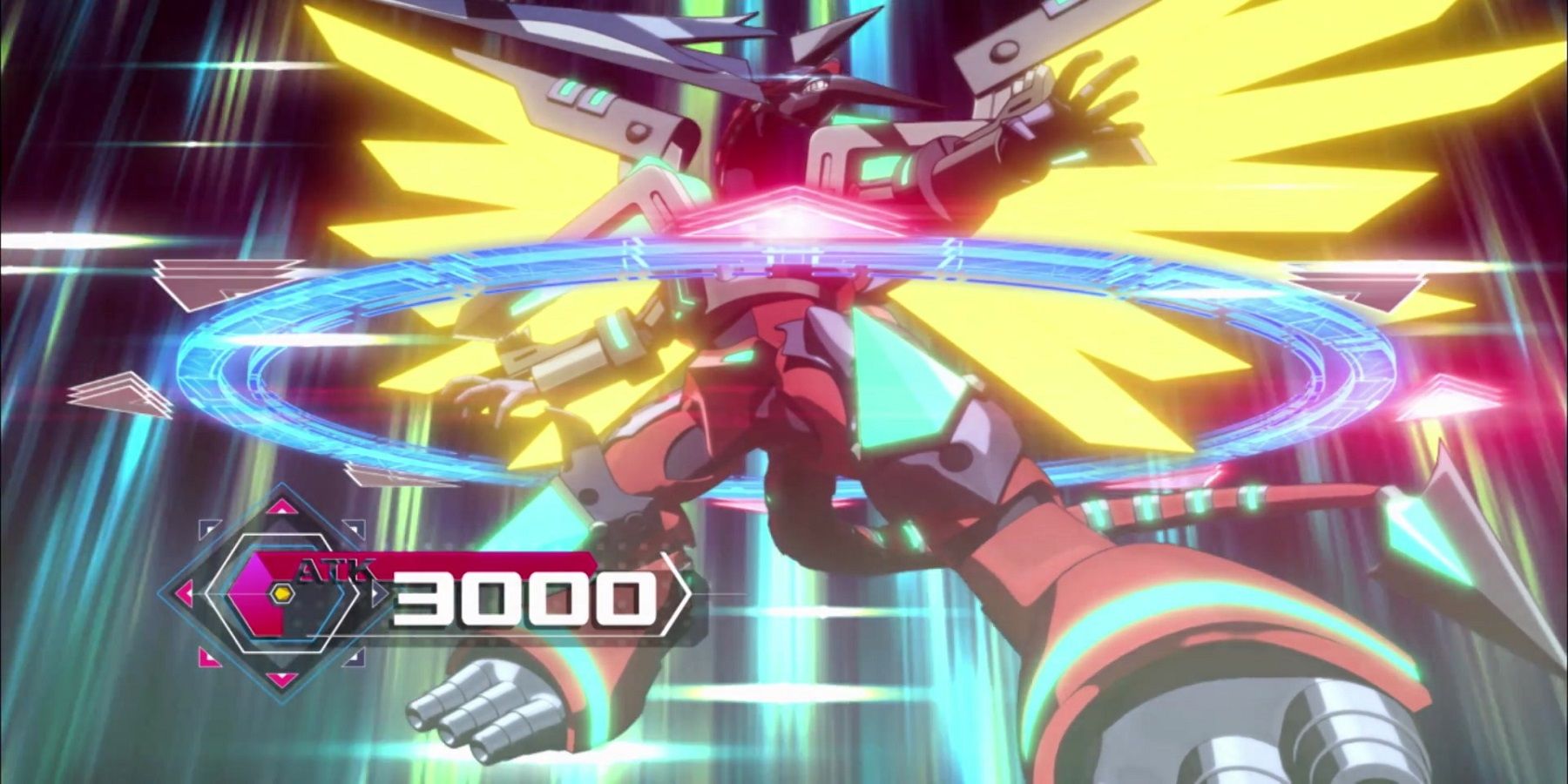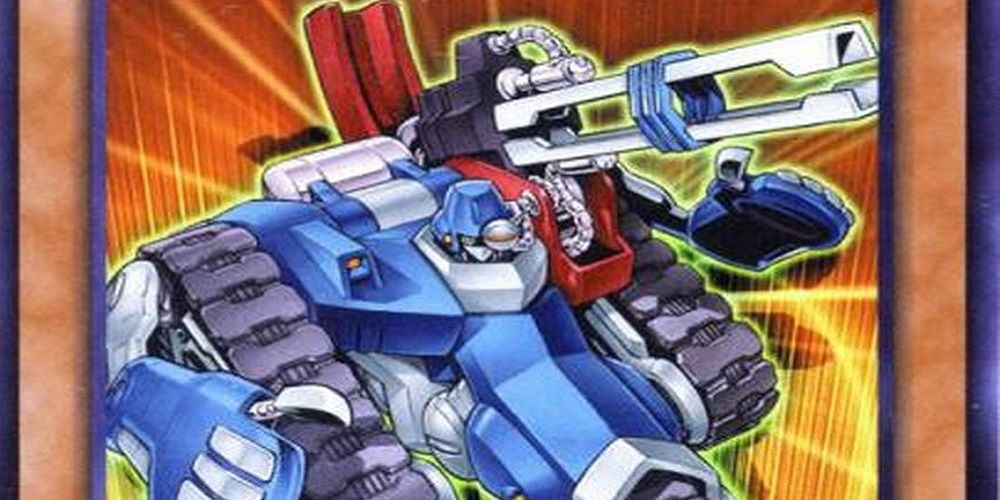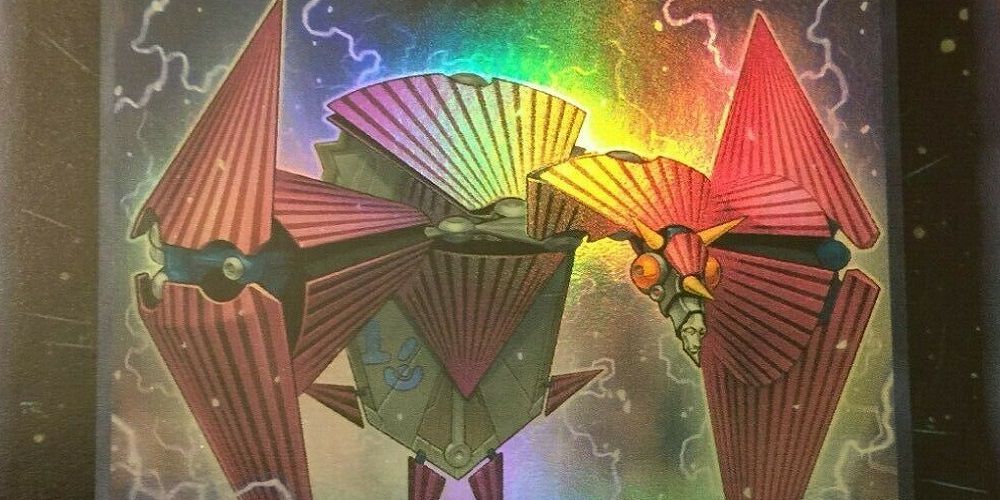It remains to be seen how Konami pulls it off, but they've managed to make Yu-Gi-Oh incredibly popular while also making it one of the most complex card games. There are rules within rules, and tons of deck types of which to keep track. There's never a set rotation, so players have to keep an ever-growing library of cards in the back of their minds. And every two or three years, Konami introduces yet another summoning type to the game, changing the way people approach the game.
But what summoning type is the best? We'll examine not just all the extra deck types, but many of the main deck types as well to determine which summoning decks are the best and rank them.
10 Flip Monsters
Flip monsters were the original effect monsters. In other words, long before monsters were just summoned to have effects, we had Flip monsters. Usually, they'd come with some kind of nasty surprise when the player attacked. These cards could swing into a monster, which would flip face up, and they could return a monster to hand or destroy another monster, or something equally frustrating.
The game was better when Flip monsters were valid, as it meant players had to respect face down defense position cards. These days, there are too many ways to destroy a card without even flipping it face up, making these monsters much less powerful.
9 Normal Monsters
These are the monsters from whom every other monster began. This is what everyone was used to in the original game. The monster's "effect" was that they could actually use to attack, and without them, a player couldn't actually win the game.
Normal monsters went out of style, kind of, once the era of fusion monsters began, ushering out beatdown decks. But they've been part of the meta quite a few times in the past with Rescue Rabbit making them useful for a time.
8 Tribute Monsters
Everyone should show some respect to tribute monsters. They were at one point representative of the best monsters in the game. Cards like Dark Magician and Blue-Eyes, once they hit the field, meant that the opponent needed an answer for them quickly.
They were still important in later years though, but they tend to represent the ways of older games. They slow the game down for the opponent and make relying on the extra deck more difficult.
7 Ritual Monsters
Ritual monsters were the first "easily" summoned monsters. They could be specially summoned by playing a ritual spell and using monsters with levels higher than or equal to the monster attempting to be ritual summoned.
The biggest problem with Ritual monsters is they're a huge drain on the player's resources. To ritual summon requires no less than 3 cards: the ritual spell, the ritual monster, and the material to tribute for that monster. This is all to summon one monster, which is why ritual decks today try to get around it, but it's still a lot of lost cards.
6 Pendulum Monsters
Many people left the game after Konami introduced Pendulum Summoning, claiming that it broke the game. That's understandable; pendulum monsters can be used as spells, becoming "scales" of a certain number. Then the player can special summon as many monsters as they want in their hand that's between the two Pendulum scales.
In other words, if a player has a 0 scale and a 5 scale, they can special summon monsters between one and four. This is a neat way to swarm the field, but they were also often quite fragile, and ultimately only spawned a handful of powerful meta decks before going away.
5 Fusion Monsters
Fusion monsters were the first type of extra deck monster in the game. They existed during the original series, but it wasn't until much later that Konami did something with them. The GX era introduced Hero monsters, and it was all downhill from there.
The weakness of this summon type is supposed to be that they need fusion spells, but between monsters which can fuse merely by having the materials on the field (contact fusion) and spells that recur themselves from the graveyard, even that weakness is largely gone. A number of fusion decks make this summoning type still noteworthy, though.
4 Synchro Monsters
The first major complaint about Yu-Gi-Oh came when Synchro monsters were introduced to the game. It was believed that they sped the game up way too much, as they were so easily summoned. It took only a tuner and a non-tuner to add up to the level of a specific synchro monster, and it was easily summoned from the extra deck.
If things had stopped there, perhaps it would have been fine, but, eventually, they introduced tuners that could come back from the graveyard, creating near-infinite fodder to create larger fields. These days, the best new monsters are rarely synchro, but that's because so many of the best ones created already were.
3 Link Monsters
These monsters mark another time people complained about the game being broken. Konami in its "infinite" wisdom, thought they'd slow the game down by making players who summoned monsters from the extra deck first create Link monsters.
Link monsters were effectively special summoned tribute monsters: you make a Link-3 out of three monsters, a Link-4 out of four monsters. This mechanic was pushed heavily over the last three years, but it didn't really slow the game down, as players can summon monsters seemingly an infinite number of times now.
2 Effect Monsters
Effect monsters quickly took the place of every other monster in the main deck. They can be a variety of different things, from facilitators to get to Fusion/Synchro/Link monsters, or they can be boss monsters in their own right.
Over the years, Konami has introduced a number of decks to the game that have become meta relevant, but they rely on having boss monsters in the deck rather than outside of it. Decks like Machina or Kozmo are of special note here, as their boss monsters are all within the main deck.
1 Xyz Monsters
It's difficult to knock the king off its throne. As awesome as synchro monsters were, Xyz monsters are where Konami gave up on trying to make a balanced card design. By the second set, they were already introducing monsters that could negate anyone's effect on the field while also having 2400 ATK.
They're easier to summon than any other extra deck summon. Synchros need tuners, the best Link monsters are at level 3 or 4. Xyz usually only need two, and they only have to be of the same level. Their power and versatility are unmatched, and to this day there are generic Xyz monsters with which everyone plays.

